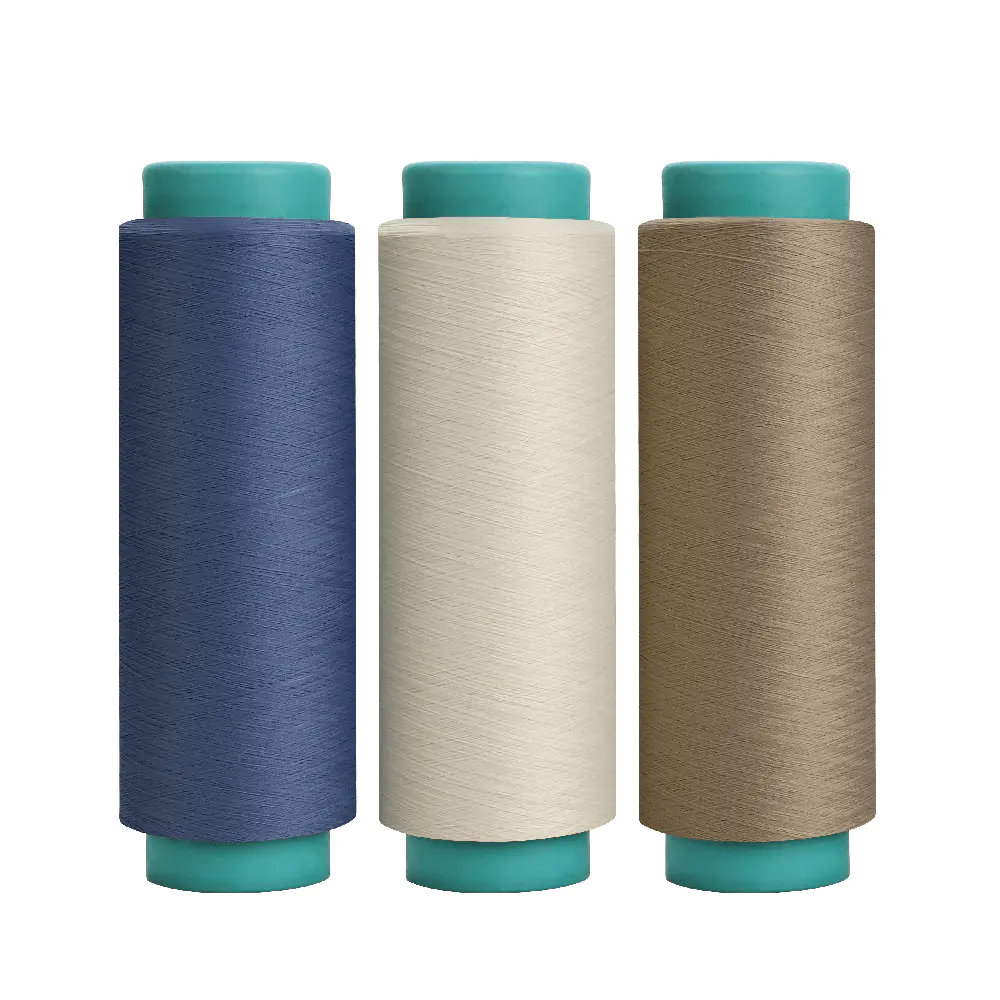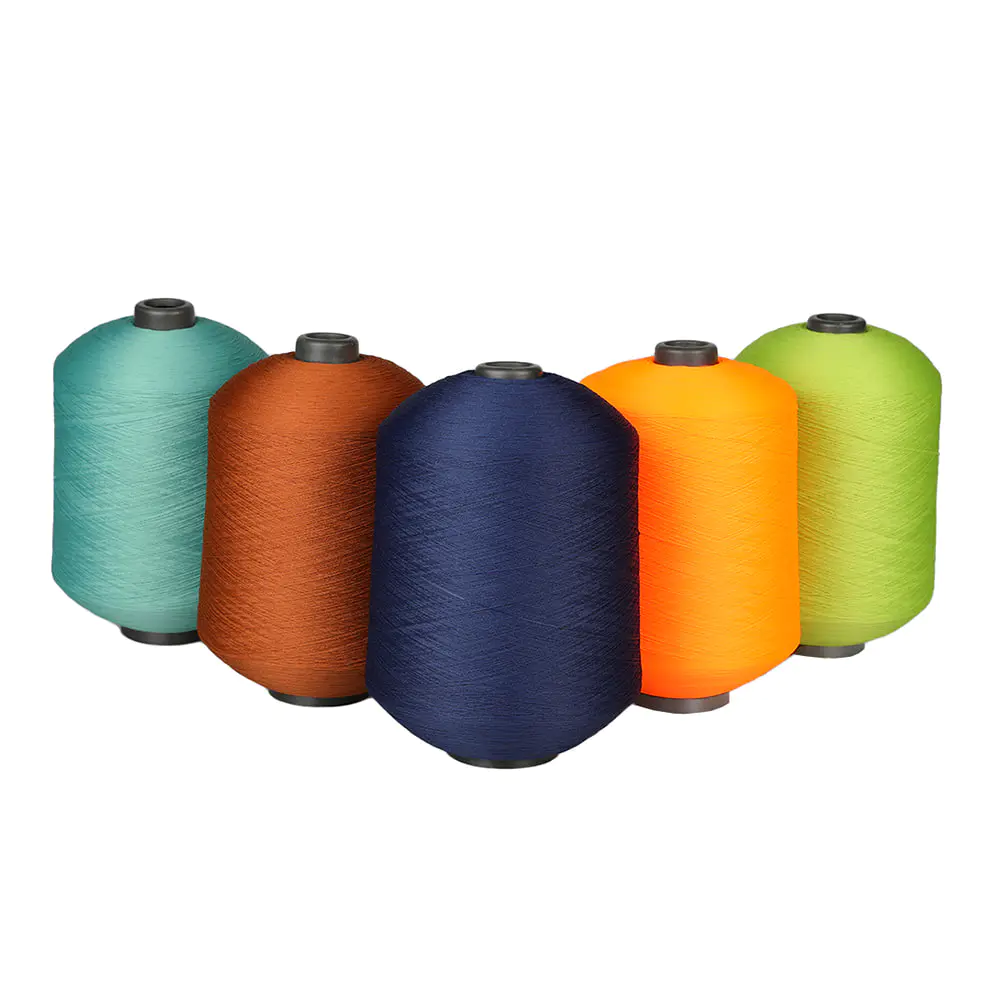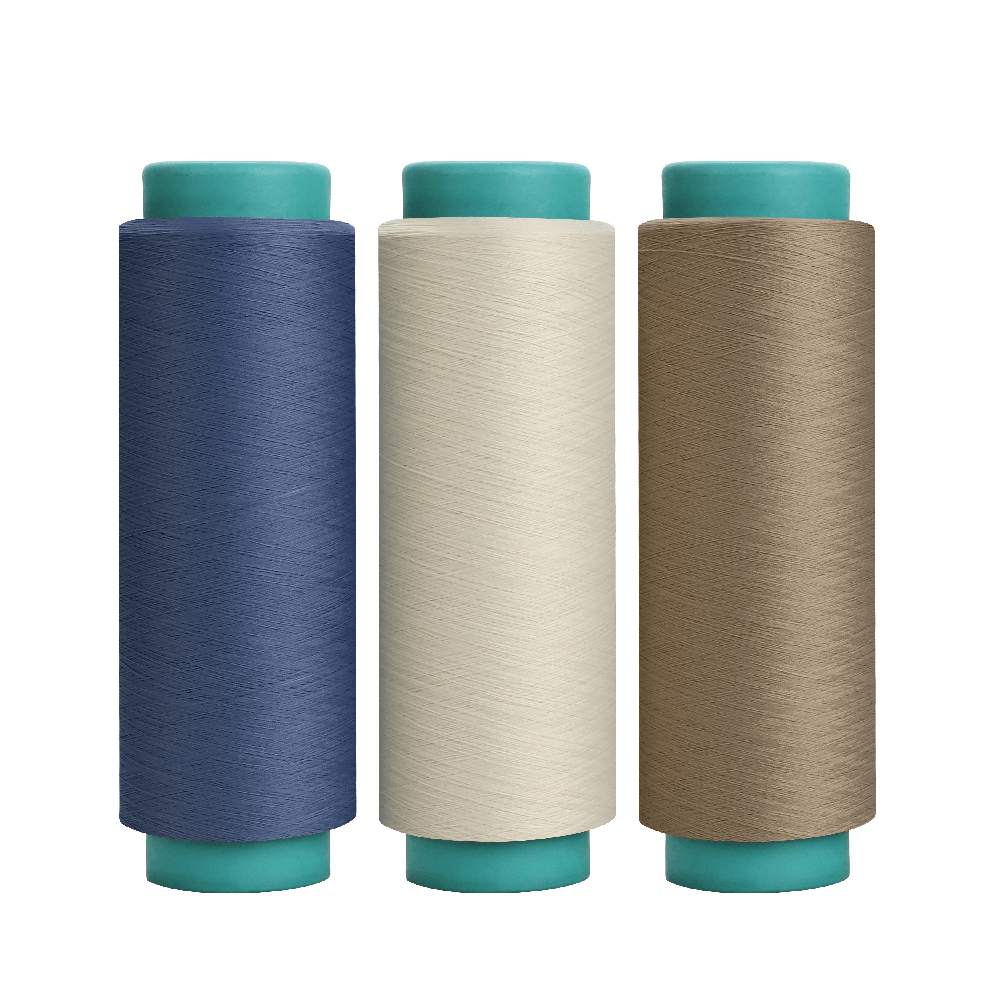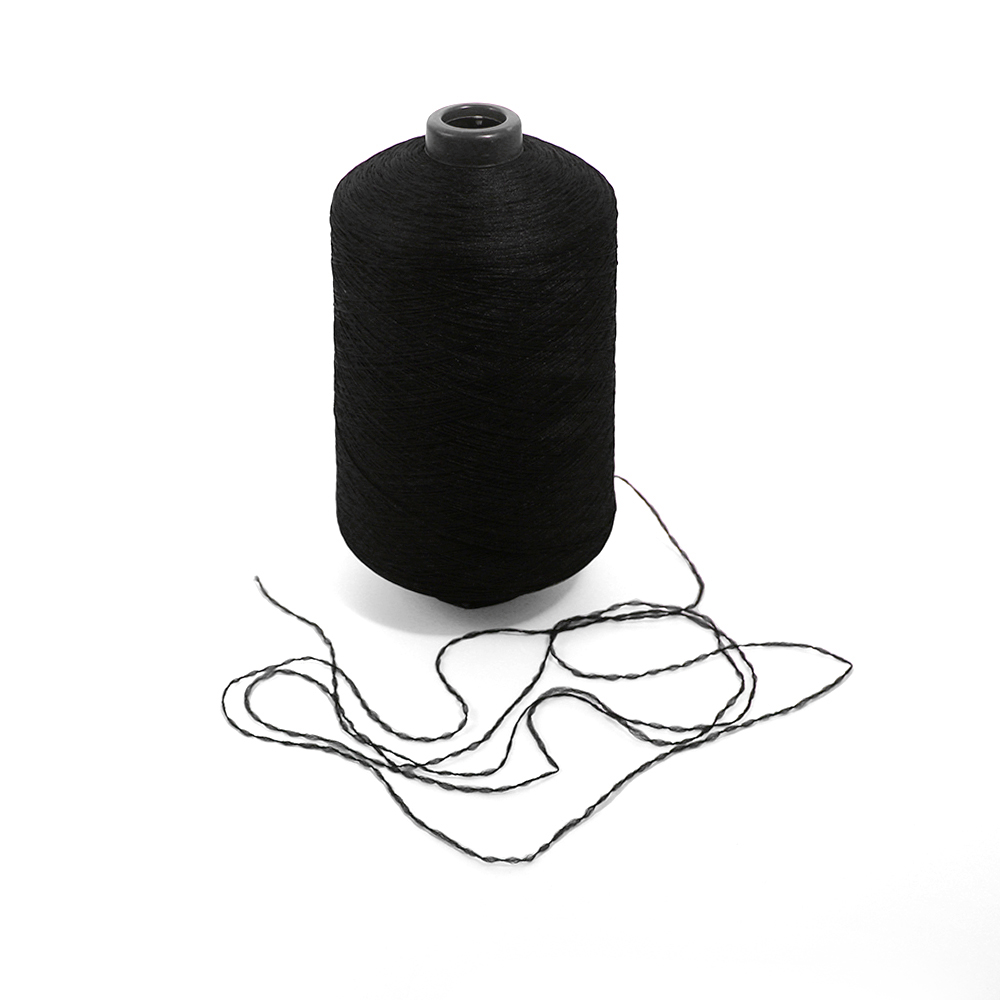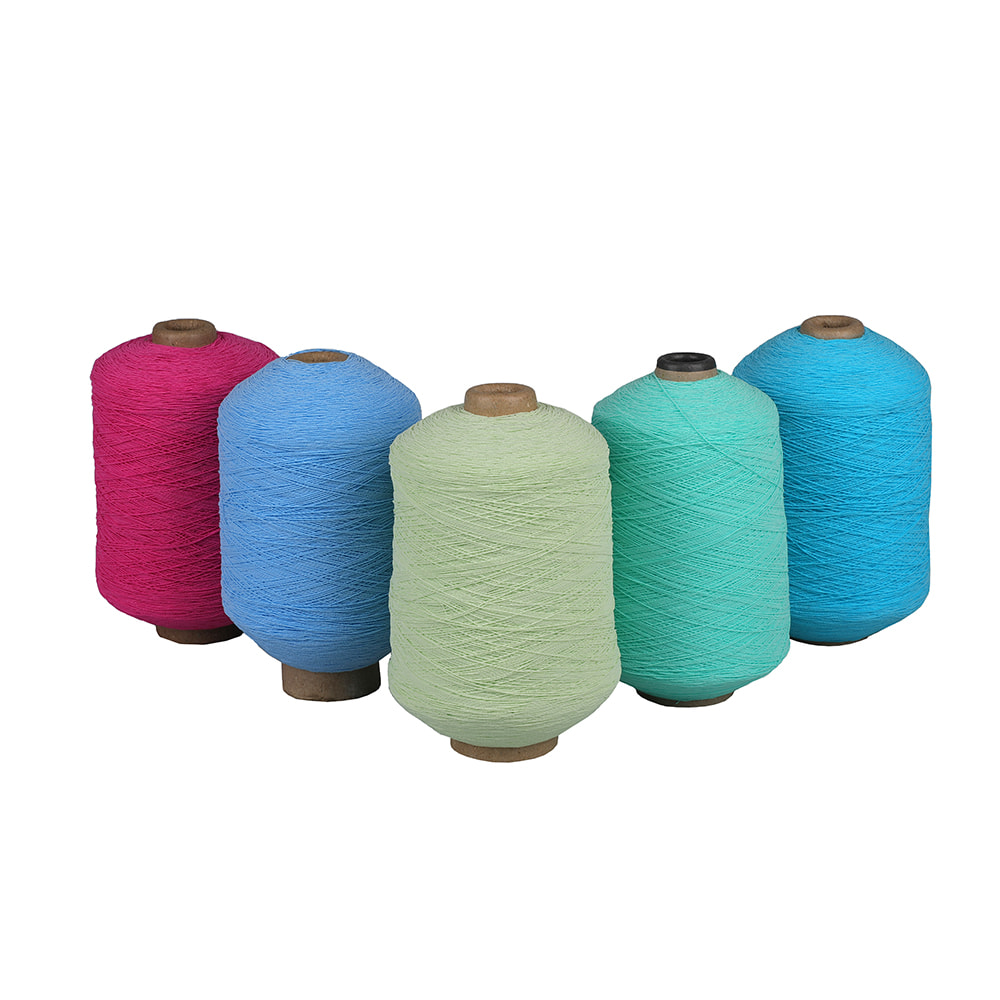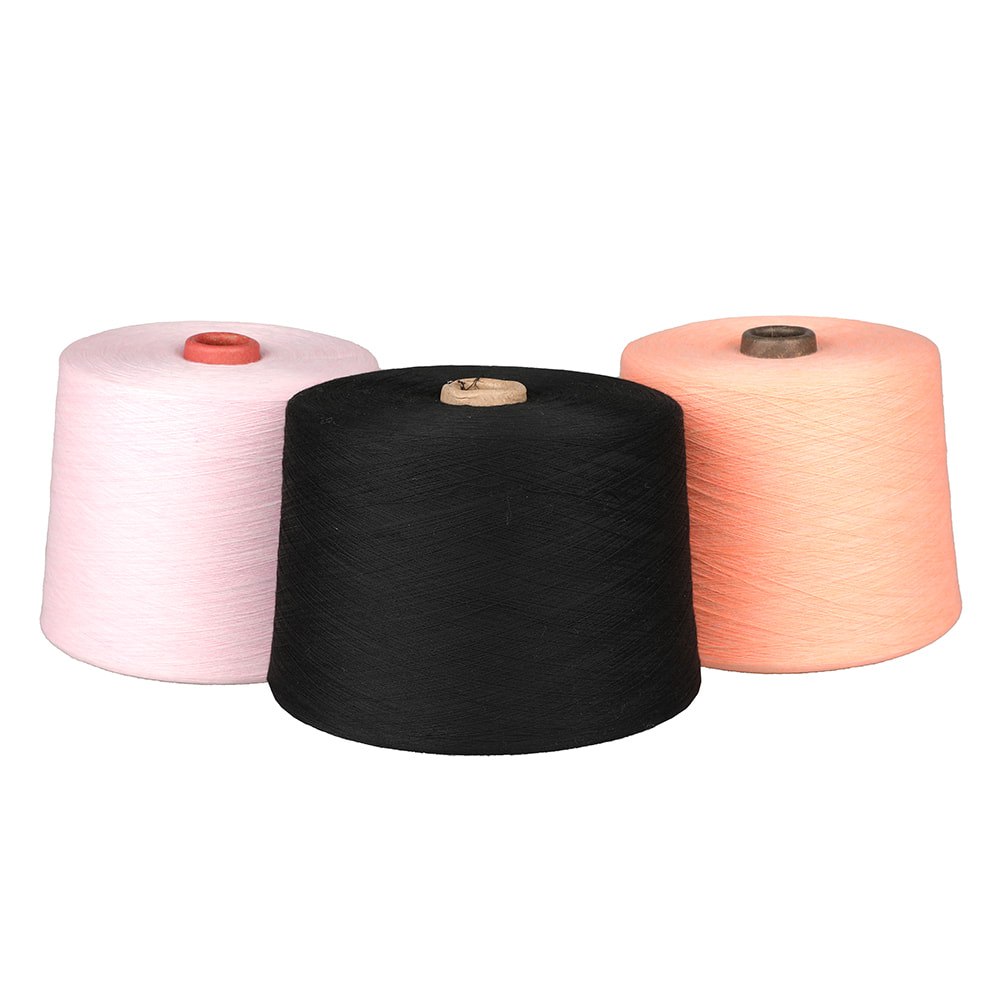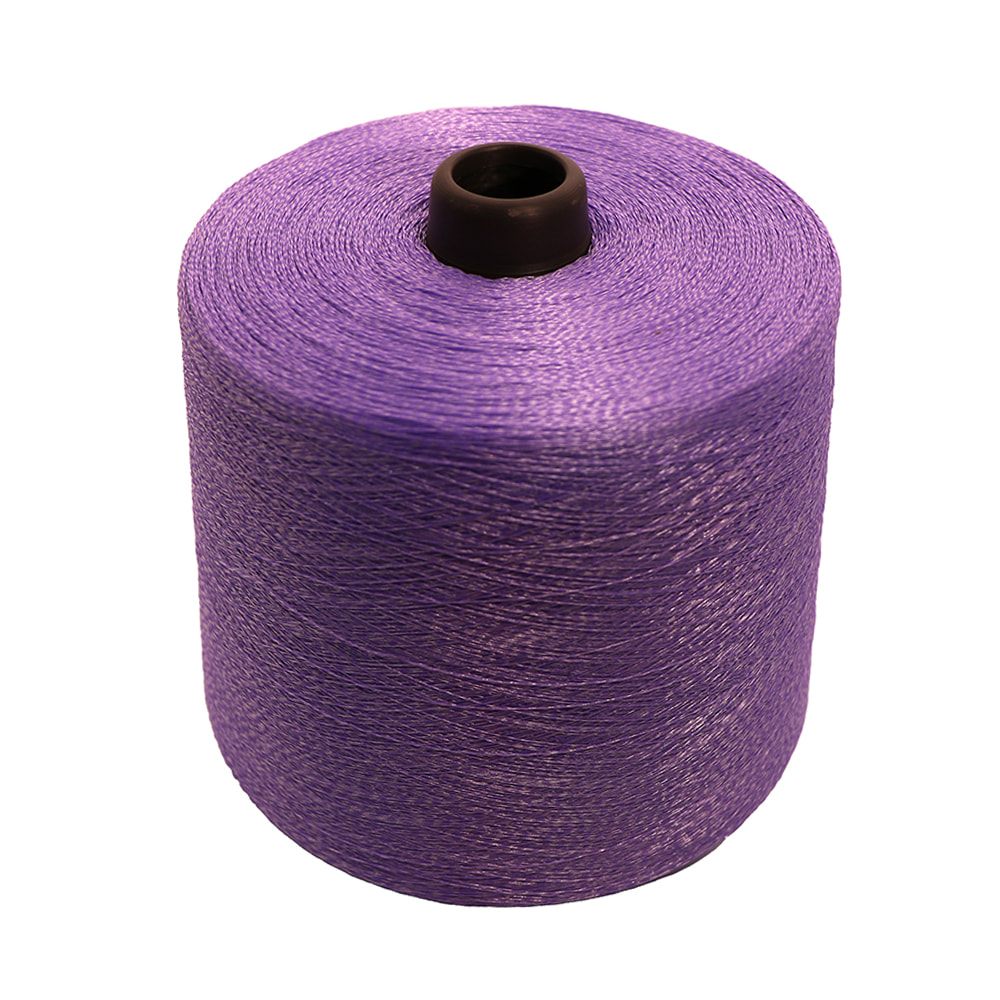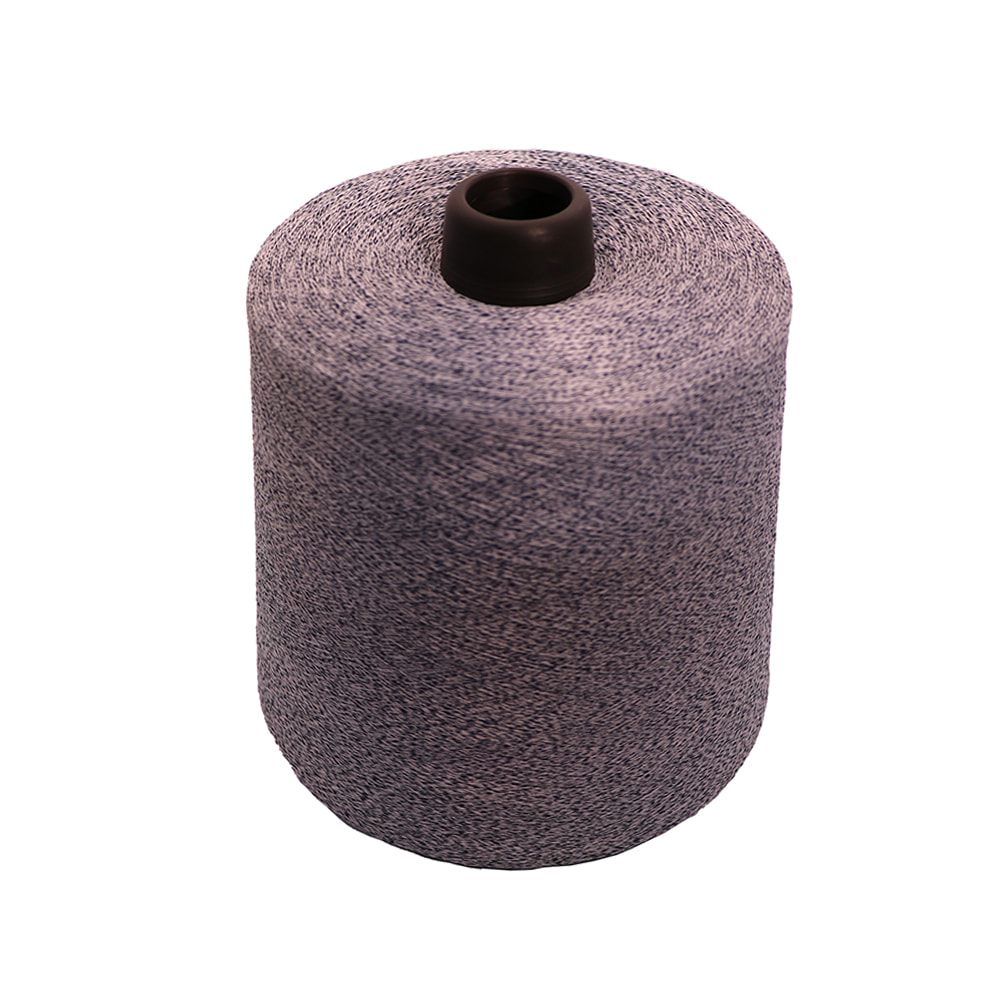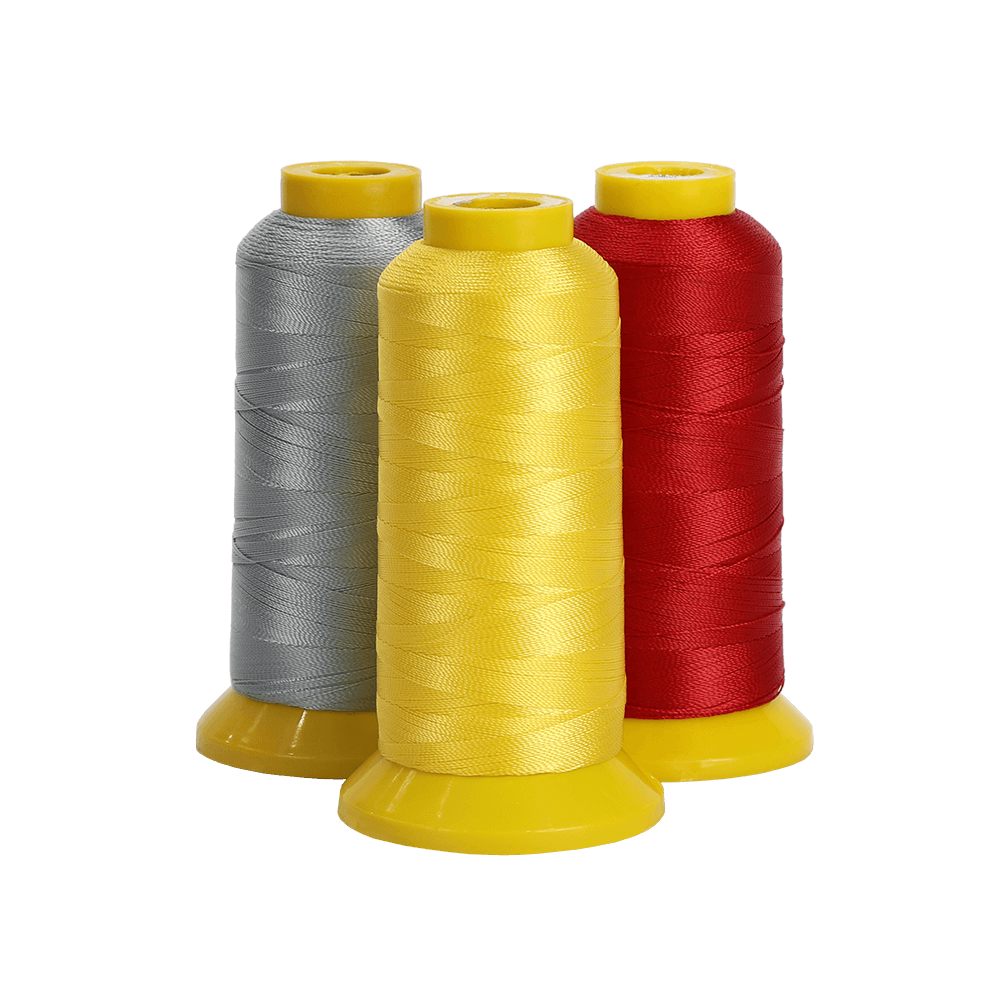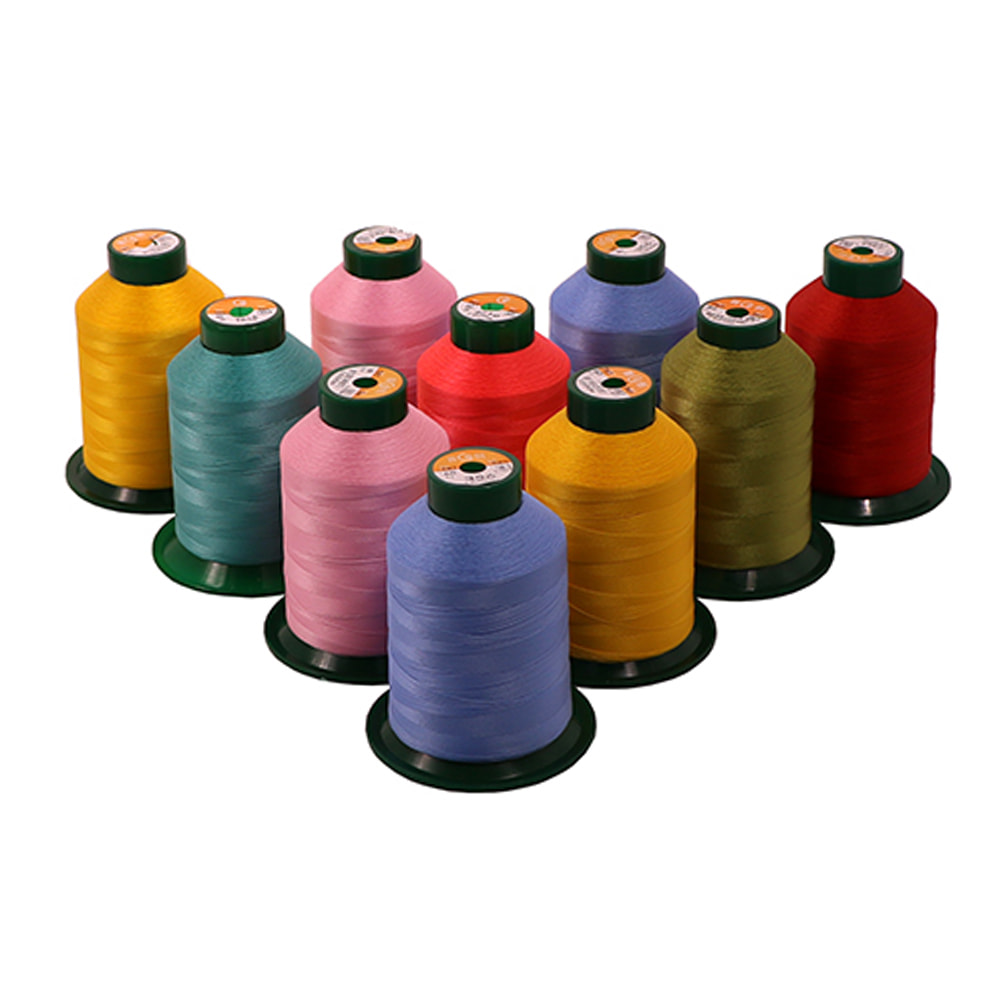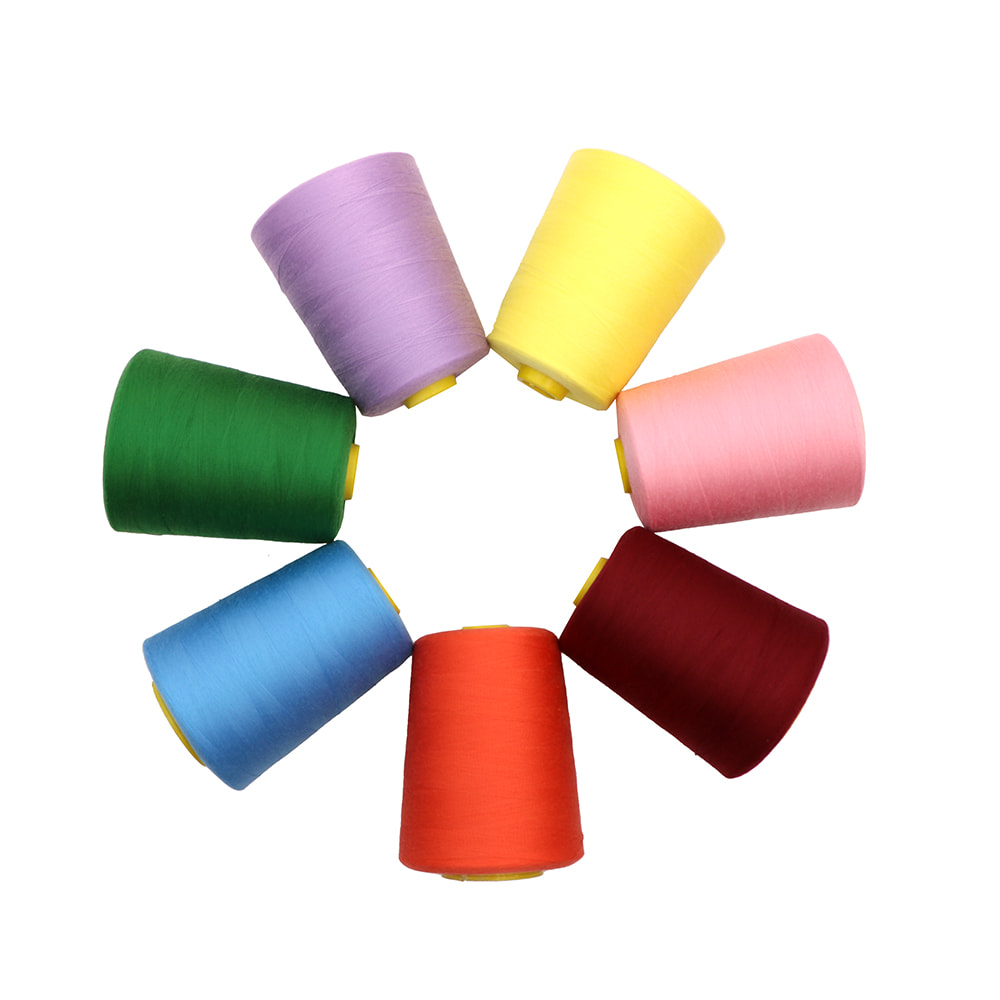In the context of environmental protection and sustainable development, the production and use of DTY Polyester Filament face many challenges and opportunities. The development of this field is not only related to environmental protection and resource utilization, but also has a profound impact on the transformation and upgrading of the textile industry and its global competitiveness.
Challenges faced
Environmental pressure: The production process of DTY Polyester Filament involves multiple links such as raw material acquisition, energy consumption, and wastewater discharge, all of which may have a certain impact on the environment. For example, the raw materials for the production of polyester fiber mainly come from non-renewable resources such as petroleum. A large amount of wastewater and waste gas may be generated during the production process, containing harmful substances. In addition, polyester fiber is difficult to degrade. If it is not properly handled after being discarded, it will cause long-term pollution to the soil and water.
Rising costs: In order to achieve environmentally friendly production, enterprises need to adopt more advanced production equipment and technologies, such as energy-saving and emission reduction equipment, wastewater treatment systems, etc., which will increase production costs. At the same time, the continuous improvement of environmental protection standards also requires enterprises to invest more funds in environmental protection transformation and monitoring.
Difficulty of technological innovation: Despite the continuous development of green production technology, there are still many technical difficulties in achieving environmental protection goals while ensuring product quality. For example, how to maintain the physical properties and appearance quality of DTY polyester fiber while reducing energy consumption and emissions is a problem that needs to be solved urgently.
Market awareness and acceptance: Although consumers' demand for environmentally friendly products is growing, many consumers do not have enough understanding of the environmental performance and sustainability of DTY Polyester Filament, which to a certain extent affects the market promotion and acceptance of environmentally friendly products.
Opportunities faced
Policy support: With the global emphasis on environmental protection and sustainable development, governments of various countries have introduced relevant policies to encourage and support green production. For example, the Chinese government has guided the textile industry to develop in a green, low-carbon and circular direction by formulating a series of environmental protection laws and policies, providing policy guarantees for the environmentally friendly production of DTY polyester fiber.
Market demand growth: As consumers' awareness of environmental protection and sustainable development increases, more and more consumers begin to pay attention to the environmental performance and sustainability of products. This provides broad space for the market expansion of environmentally friendly products such as DTY polyester fiber. At the same time, with the increasing demand for environmentally friendly textiles in the international market, the competitiveness of China's textile industry in the international market will also be enhanced.
Driven by technological innovation: In order to cope with environmental pressure and market demand, the textile industry is constantly increasing its technological innovation efforts and developing more environmentally friendly and efficient production technologies and products. For example, by improving production processes, adopting new environmentally friendly raw materials, and developing degradable products, the energy consumption and emissions in the production process of DTY polyester fiber can be effectively reduced, and the environmental performance of the product can be improved.
Collaborative development of the industrial chain: In the context of environmental protection and sustainable development, the collaborative cooperation between upstream and downstream enterprises in the textile industry chain has become particularly important. By strengthening the collaboration and cooperation of all links in the industrial chain, efficient and circular utilization of resources can be achieved, and production costs and environmental pollution can be reduced. For example, cooperate with recycling companies to recycle and reuse waste textiles; cooperate with suppliers to jointly develop environmentally friendly raw materials, etc.
The production and use of DTY Polyester Filament faces many challenges and broad development opportunities in the context of environmental protection and sustainable development. Through policy guidance, market demand drive, technological innovation and collaborative development of the industrial chain, the DTY polyester fiber industry can be promoted to develop in a more environmentally friendly and sustainable direction.


 English
English 中文简体
中文简体 Español
Español